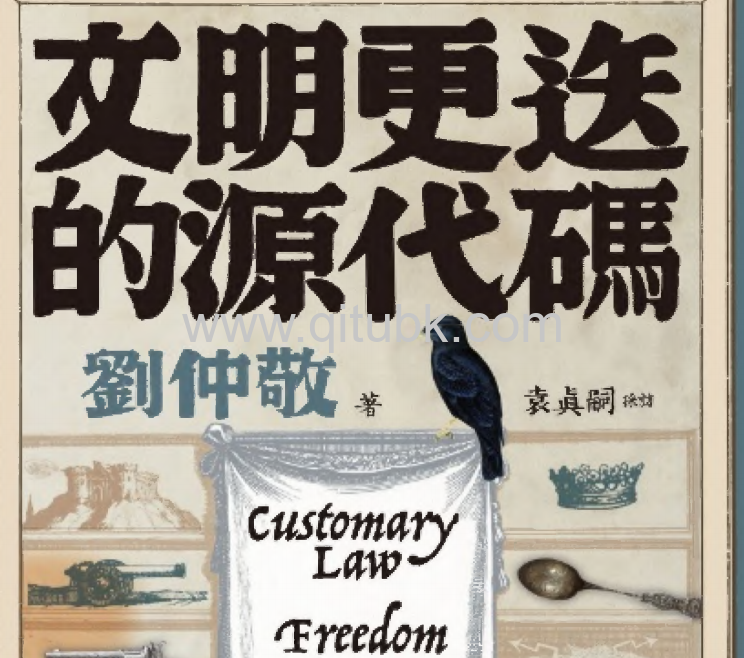《文明更迭的源代碼》是中國學者劉仲敬所著的一部思想性著作,書中探討了人類文明的演變、發展及其背後的深層次原因。劉仲敬通過對歷史、文化、社會結構等多方面的分析,試圖揭示文明更迭的內在邏輯和機制。
作者介紹
劉仲敬是一位知名的歷史學者、文化評論家和作家,以其獨特的視角和深刻的見解而受到廣泛關注。他的研究領域涵蓋歷史、哲學、社會學等多個學科,尤其擅長將復雜的歷史現象與現代社會問題相結合。劉仲敬的寫作風格嚴謹而富有洞察力,善於通過歷史案例和理論分析來闡述自己的觀點。他的作品常常引發讀者的思考,挑戰傳統的歷史觀和社會觀。
本書特點介紹
《文明更迭的源代碼》的主要特點在於其跨學科的視角和深刻的理論分析。書中,劉仲敬從歷史的長河中提煉出文明更迭的規律,探討了不同文明之間的相互影響和交融。他認爲,文明的演變不僅僅是技術和經濟的變化,更是文化、價值觀和社會結構的深刻轉變。
書中,劉仲敬詳細分析了多個歷史時期和不同文明的興衰,包括古代文明的崛起與衰落、宗教與文化的交融、科技進步對社會的影響等。他通過對歷史事件的深入剖析,揭示了文明更迭背後的動力和機制,強調了歷史的非線性和復雜性。
此外,書中還探討了現代社會面臨的挑戰和機遇,劉仲敬通過對歷史的反思,提出了對未來文明發展的思考。他認爲,理解歷史的演變規律對於應對當今社會的復雜問題至關重要,只有在歷史的基礎上,才能更好地把握未來的發展方向。
適合閱讀的人羣
《文明更迭的源代碼》適合廣泛的讀者羣體。首先,對於歷史愛好者和研究者來說,這本書提供了豐富的歷史資料和深刻的理論分析,能夠幫助他們更好地理解文明的演變和發展。其次,對於對社會學、文化研究感興趣的讀者,書中跨學科的視角和深入的思考能夠激發他們的思維,拓寬他們的視野。此外,對於希望理解現代社會問題和未來發展的人羣,這本書也是一本值得閱讀的作品。

總之,《文明更迭的源代碼》不僅是一部關於歷史和文明的著作,更是一部關於人類社會發展和未來思考的深刻作品。劉仲敬通過這本書,激勵讀者反思歷史的教訓,理解文明的演變規律,從而更好地應對當今社會的挑戰。
